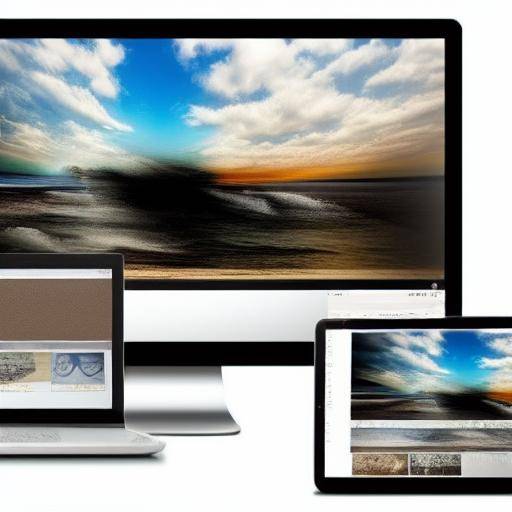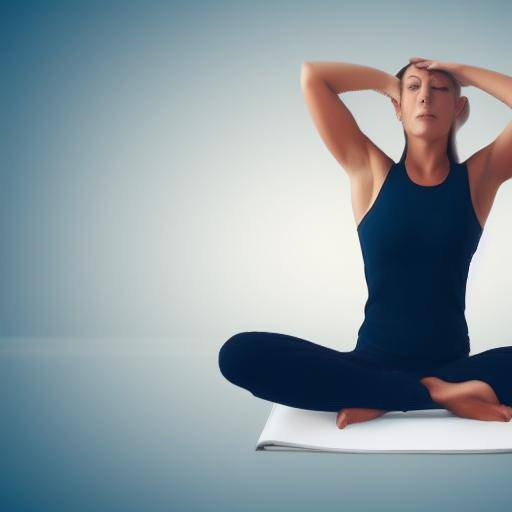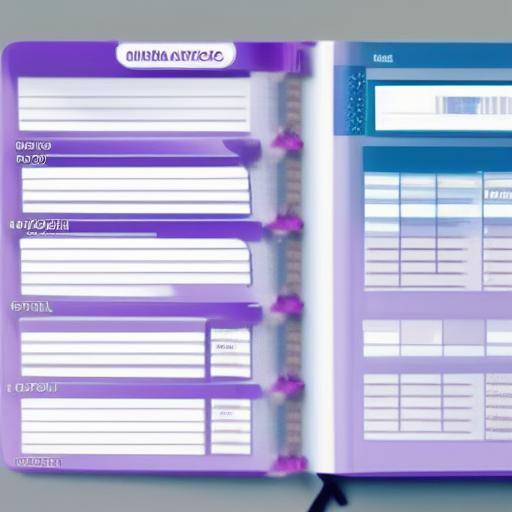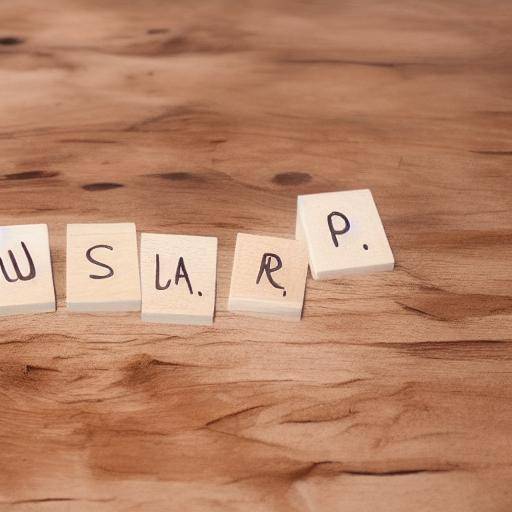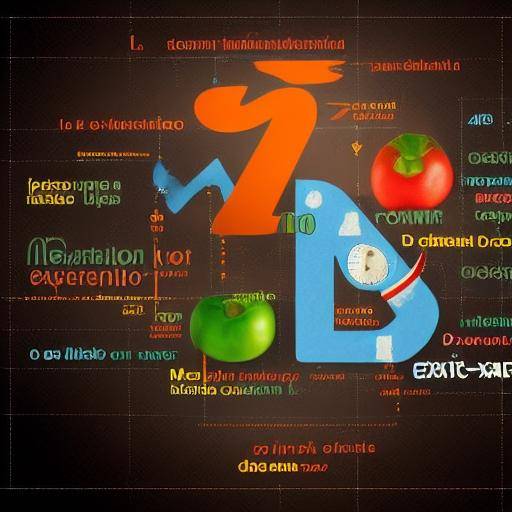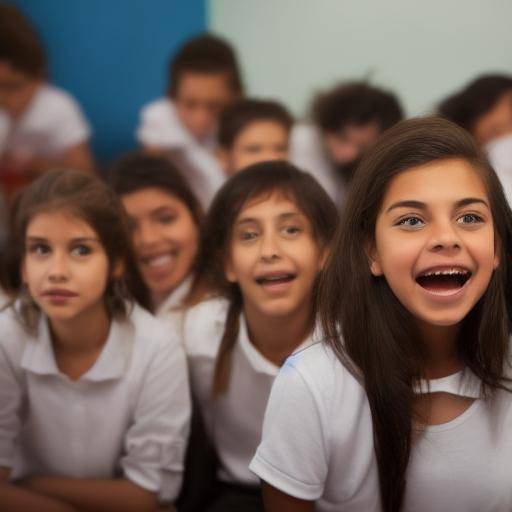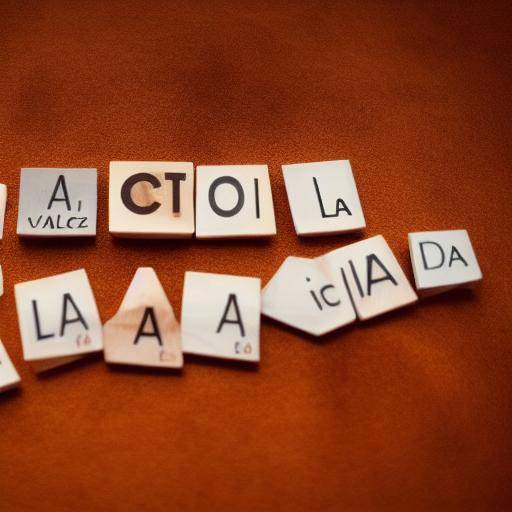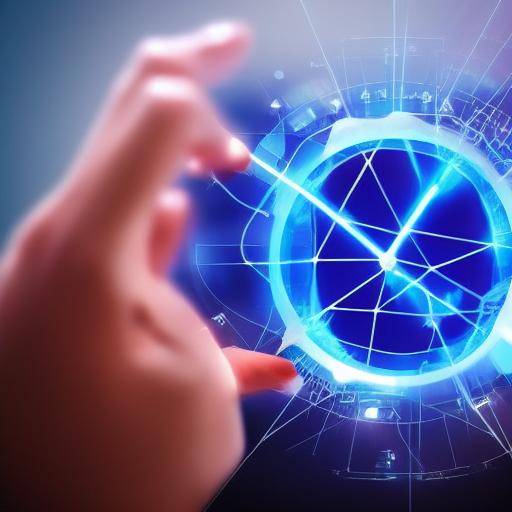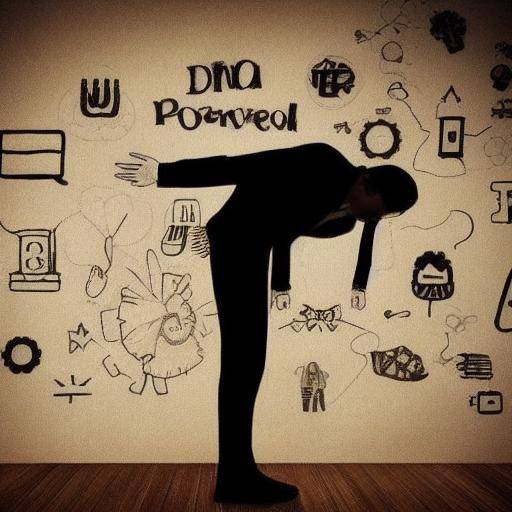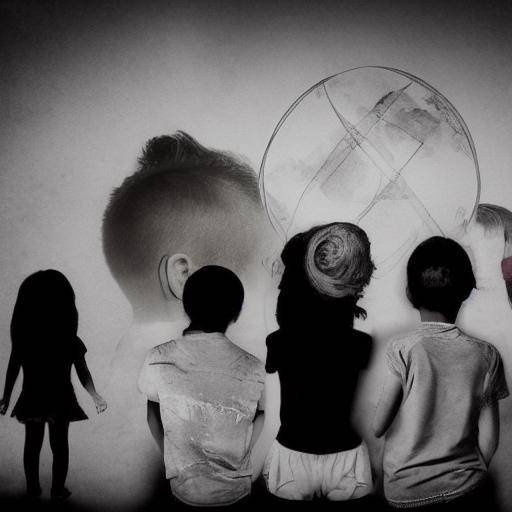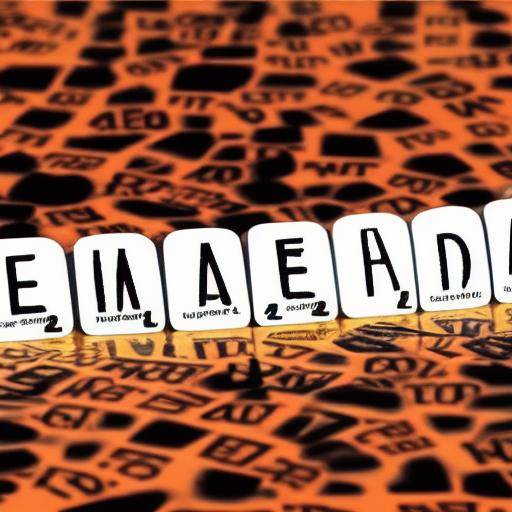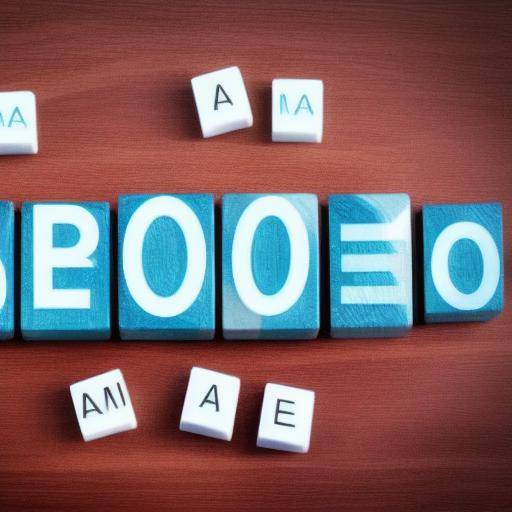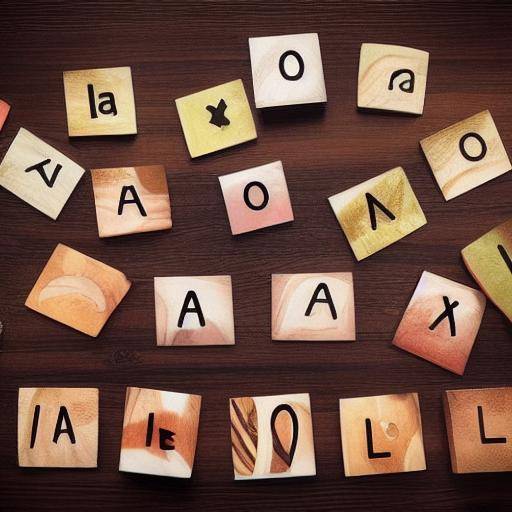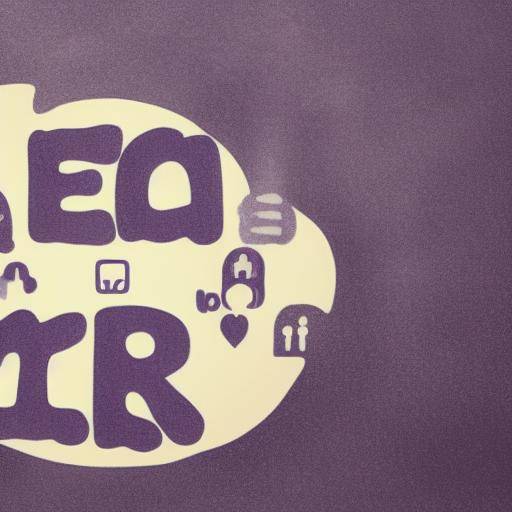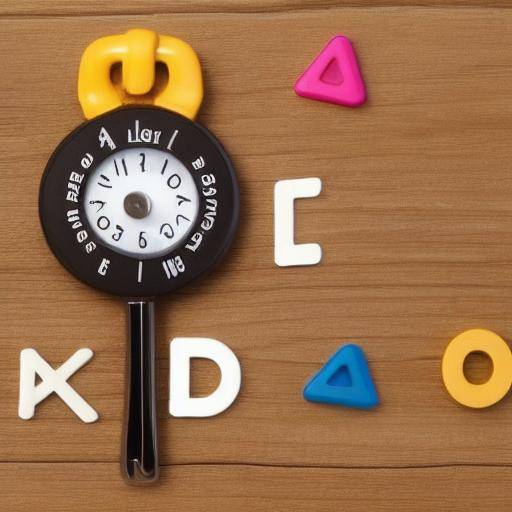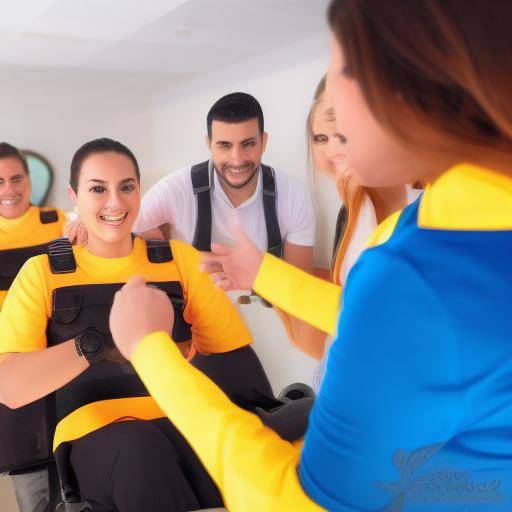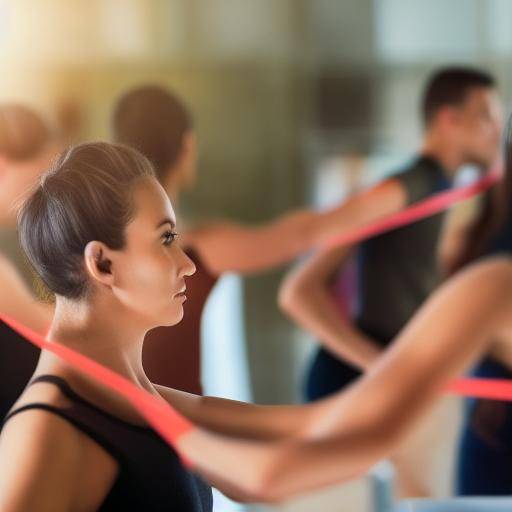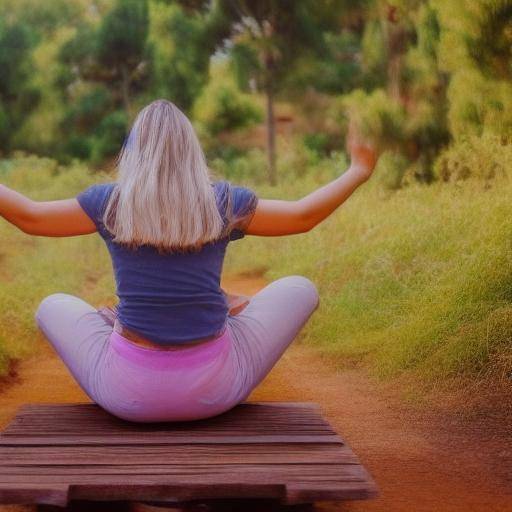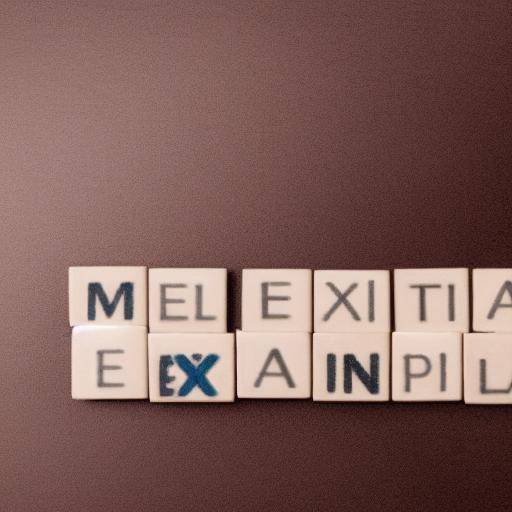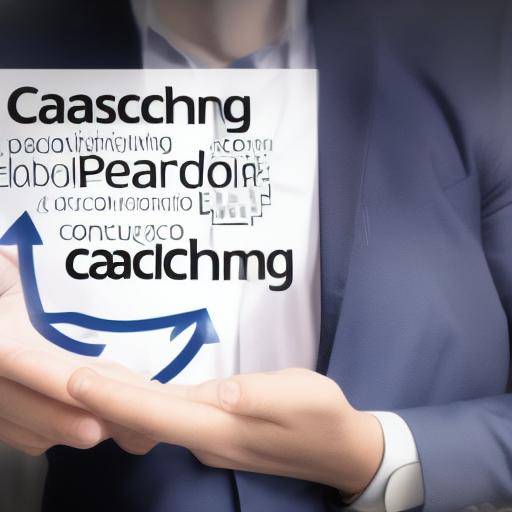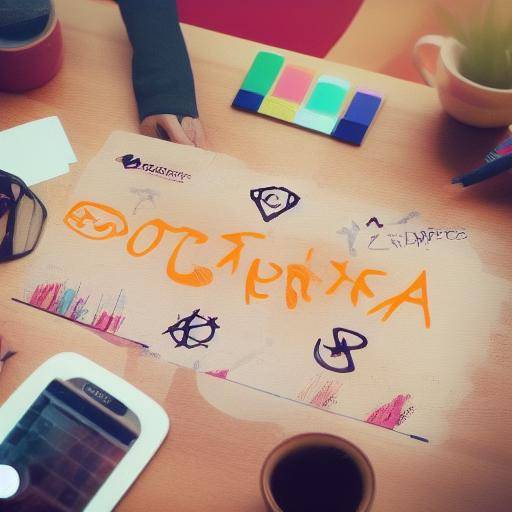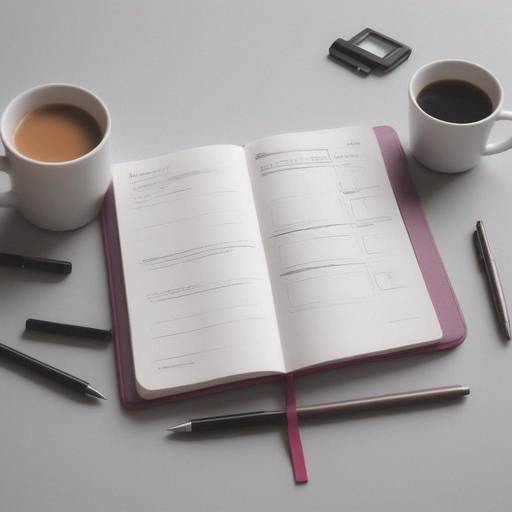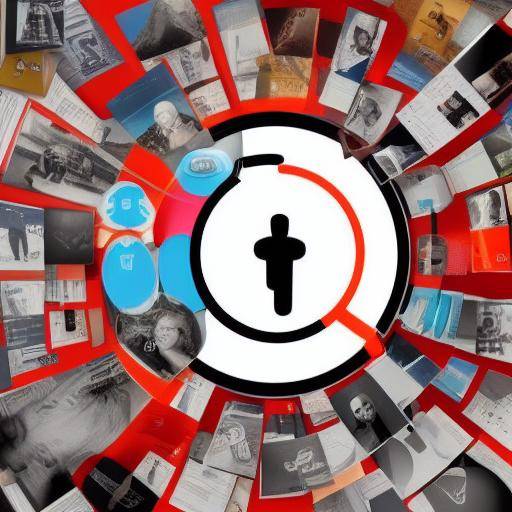
Self-confidence is a crucial component for personal development and emotional well-being. However, we often face challenges to strengthen it. In this article, we will explore how visualization can positively impact self-confidence. From its history and benefits to its practical application and future trends, we will discover the power of visualization in the development of self-confidence.
Introduction
Self-confidence is belief in one's own abilities, abilities and judgment. A strong self-confidence is fundamental to personal and professional success, as it influences our decisions, performance and general well-being. Often, lack of self-confidence can hinder growth and personal realization.
Visualization, on the other hand, is a technique that involves creating vivid and positive mental images to achieve specific goals. By combining visualization with the strengthening of self-confidence, we can unlock a transformative potential.
In this article, we will thoroughly explore the relationship between visualization and self-confidence, from its history and evolution to its practical application and future trends. In addition, we will provide practical advice, expert ideas, case studies and forecasts to fully understand the impact of visualization on the development of self-confidence.
History and Background
The relationship between visualization and self-confidence has deep roots in different traditions and disciplines. From ancient philosophy to modern psychology, the practice of visualization has evolved and integrated into personal development and psychological well-being.
Origins and Evolution
Visualization has a long history that goes back to ancient meditation and creative visualization practices in various cultures. For example, in ancient Greece, philosophers and athletes used visualization to prepare themselves mentally before physical and mental challenges. Over the centuries, this practice has been interwoven with different disciplines, from yoga to cognitive psychology.
Significant Milestones and Developments
During the twentieth century, visualization gained greater recognition in the field of psychology and personal development. Pioneers like Maxwell Maltz and his work "Psicocybernetics" emphasized the role of visualization in personal transformation and the development of self-confidence. These milestones marked a significant change in how visualization was perceived and applied in the context of personal growth.
Anecdotes and Case Studies
Many successful cases support the effectiveness of visualization in strengthening self-confidence. From elite athletes who use visualization to improve their performance to individuals who have overcome personal challenges thanks to this practice, concrete examples illustrate the transformative power of visualization in building self-confidence.
Deep analysis
The display offers a variety of benefits that directly influence the development of self-confidence. By analyzing these connections in depth, we can better understand their impact and potential for personal growth.
Benefits and Challenges
Regular visualization practice not only strengthens self-confidence, but can also reduce stress, increase motivation and improve overall performance. However, it is important to address potential challenges, such as the initial difficulty in creating vivid images or maintaining consistency in practice.
Real Statistics and Examples
Real statistics and examples support the effectiveness of visualization in the development of self-confidence. Studies show that people who use visualization to visualize their goals tend to have higher levels of self-confidence and a greater willingness to face challenges. Examples of people who have transformed their self-confidence through visualization could provide a clearer view of how this technique can positively impact people's lives in different contexts, whether in the workplace, academia, sports or personal spheres.
Perspectives and Diverse Reviews
Experts in psychology, coaching and personal development provide diverse perspectives on the relationship between visualization and self-confidence. By exploring these views, you can better understand the different approaches and strategies that are most effective in integrating visualization into strengthening self-confidence.
Comprehensive review
The display can be applied in different ways to specifically enhance self-confidence. From case studies to best practices, we explore the various ways in which visualization can be used to strengthen self-confidence effectively.
Practices and Best Practices
Guided viewing, goal writing and vision board creation are some of the popular practices that can improve self-confidence through visualization. By exploring these practical applications, clear ideas are obtained on how to effectively implement visualization in the development of self-confidence.
Opinions of Experts and Future Perspectives
Experts in personal development and psychology offer valuable insights on the role of visualization in the development of self-confidence. The analysis of these views allows us to glimpse future trends and possible developments in the application of visualization to strengthen self-confidence.
Comparative analysis
Understanding the similarities and differences between self-confidence, visualization and personal development is critical to making the most of their benefits. We analyze in detail how these three areas intertwine and can empower each other to achieve comprehensive growth.
Practical Tips and Actions
In order for visualization to have a positive impact on self-confidence, it is essential to have practical advice and clear actions that guide its effective implementation in everyday life.
Practical Tips and Clear Actions
Providing concrete advice, as well as specific actions based on visualization, allows readers to apply immediate practices to strengthen their self-confidence. These councils can address the creation of clear images, the establishment of realistic goals and the monitoring of progress.
Diversity of Methods and Styles
By providing a variety of methods and styles to practice visualization, readers can find approaches that fit their individual preferences and needs. From creative visualization to guided meditation, offering a wide range of options allows greater adaptability.
Industry Perspectives and Expert Reviews
The opinions of experts in personal development, psychology and related areas provide a specialized view on the influence of visualization on self-confidence, and can be key to understanding this relationship thoroughly.
Interviews and Expert Quotes
Interviewing experts in the field provides a privileged view of current and future trends in the application of visualization to strengthen self-confidence. Expert quotations provide authority and credibility to the article, enriching the perspective presented.
Case studies and practical applications
Case studies offer tangible examples of how visualization can positively impact self-confidence in real situations. These cases illustrate the effectiveness of visualization and provide inspiration for those seeking to strengthen their self-confidence.
Results and Lessons Learned
In analyzing the results and lessons learned in the case of study, valuable insights are obtained on successful strategies and approaches in the application of visualization to strengthen self-confidence. These examples offer practical and realistic guidance.
Future Trends and Predictions
Exploring emerging trends related to visualization and personal development, as well as future predictions based on current data and expert opinions, provides a complete overview of the continuing potential of visualization in strengthening self-confidence.
Emerging Trends and Future Developments
The analysis of emerging trends, such as the use of virtual reality in visualizing or integrating visualization into corporate welfare programs, provides a vision of the future of visualization and its influence on self-confidence.
Challenges and Opportunities
Exploring the potential challenges that could arise in the application of visualization to strengthen self-confidence, as well as the opportunities for its further expansion, provides a holistic understanding of possible developments in this field.
Conclusions and FAQs
Conclusions
At the end of this journey, it is evident that the visualization has a significant impact on the development of self-confidence. From its historical origins to its current and future applications, visualization offers transformative opportunities to strengthen self-confidence and improve the quality of life.
Through consistent practices and a proactive approach, any individual can cultivate their self-confidence using visualization as a powerful tool for personal and professional growth.
Frequently asked questions (FAQs)
1. How can I start practicing visualization to strengthen my self-confidence?
Visualization can begin with creating clear and positive scenarios in your mind that reinforce your abilities and achievements. The vivid details and positive emotions are key to effective visualization.
2. How long have you seen visualization results in self-confidence?
Results may vary according to the person, but consistency in visualization practice can lead to significant improvements in self-confidence in weeks or months.
3. Can visualization help overcome scenic fear or social anxiety?
Yes, visualization has proven effective in helping people face and overcome challenging situations, including scenic fear and social anxiety. By visualizing with confidence and calm, these types of anxiety can be reduced.
4. Do you need previous visualization experience to start practicing it?
It is not necessary to have previous experience in visualization. Practice can start with simple exercises and then expand to more complex scenarios as you become familiar with the technique.
5. Are there additional resources to learn more about visualization and self-confidence?
Yes, there are numerous books, online resources and training programs that can provide a deeper understanding of visualization and its impact on self-confidence.
6. Can visualization be effective to strengthen self-confidence in professional environments?
Yes, visualization can be a powerful tool to strengthen self-confidence in professional environments. Many professionals use it to improve their performance and overcome labor challenges.
With this thorough exploration, it is clear that visualization can play a significant role in the development of self-confidence, providing opportunities for personal and professional growth. Implicit in visualization is the ability to transform our perceptions and face challenges with confidence and determination.

